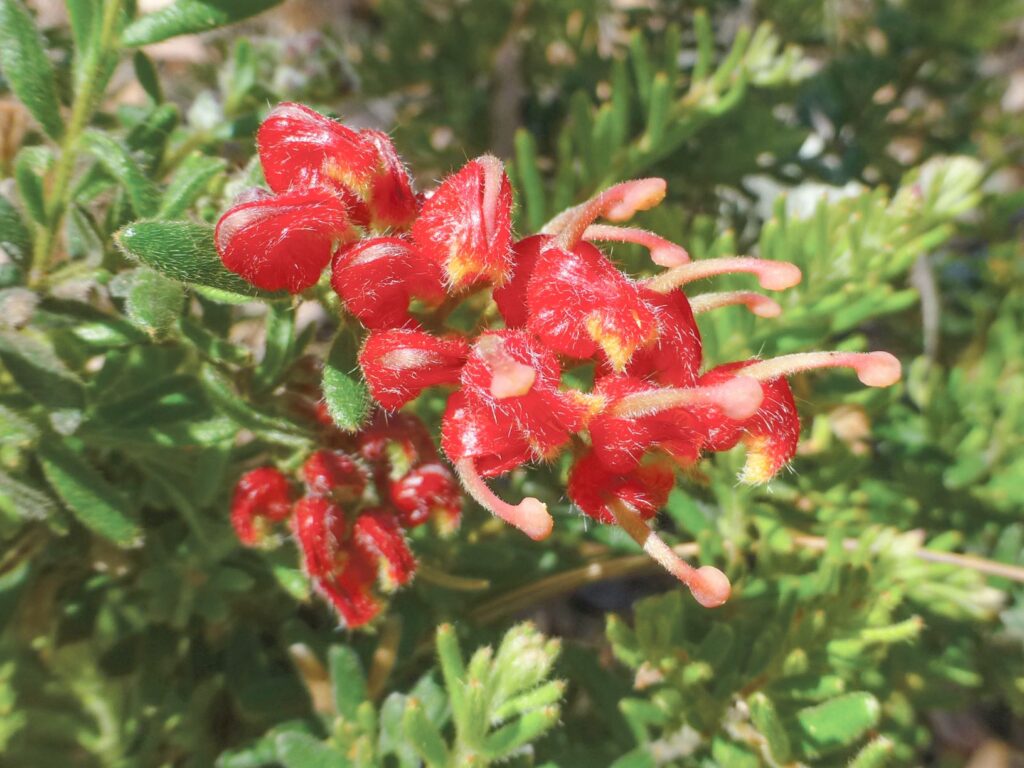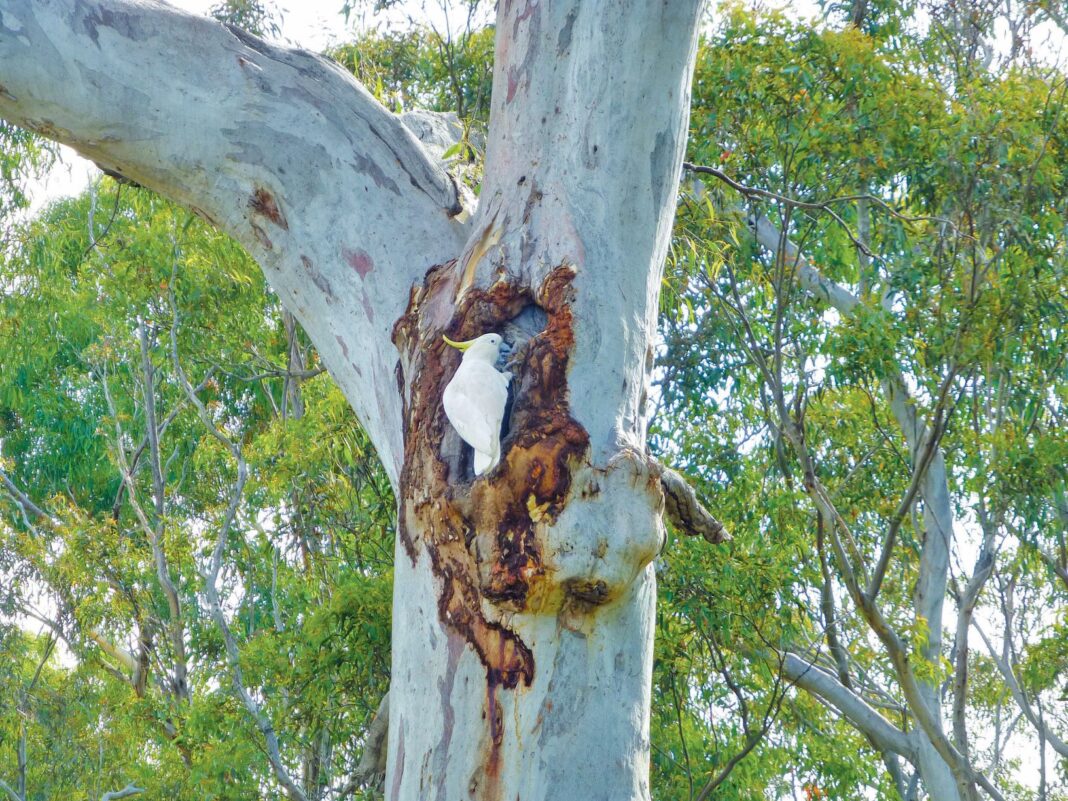At their symposium recently, Friends of Black Mountain celebrated 50 years of Black Mountain Nature Reserve, one of Canberra’s best known landmarks. It was a fascinating event with presentations from eminent scientists and enthusiasts of the region.
A range of topics were covered including Black Mountain’s chequered history, geography, landscape, flora, fauna and social significance. The following is but a snippet of Black Mountain tidbits:

General
- Black Mountain has a rich Aboriginal history as a place of spiritual significance, a food and shelter source, and as a vantage point.
- The mountain’s earlier management plan was about wood and rock harvesting and fire management, including the burning of all fallen timber (the value of it as wildlife habitat was overlooked). Today it’s about maintaining the reserve’s inherent flora and fauna, cultural values, and public recreational use. Into the future, there’s a consensus of thinking pro-actively about climate change and monitoring, and ongoing access and usage.
- Approval for Black Mountain’s Telstra Tower was in 1972 (not without strong opposition at the time), which opened in 1980. There was also a proposal for an aerial gondola in 1975, rejected in 1983 due to public outcry and environmental impact.
Geological and landscape features
- Black Mountain is described as a geological island surrounded by younger geological formations. It includes Canberra’s oldest rock outcrop, coming in at a not-so-modest 464 million years!
- There is dense tree canopy cover and substantial litter cover.
- Soils on the upper slopes are red sandy loams, including 10-20% clay.
- The well-formed, stable soil particles, derived from sandstone and of relatively low mineral fertility, create good soil porosity and aeration.
- The soil depth naturally increases towards the middle and bottom of the slope.
- The rocky ground and ground cover on most parts protects the site from erosion.
Flora and fauna

- Over 1,000 species of plants have been recorded on Black Mountain since 1920 including flowering grasses, flowering shrubs, conifers, ferns and non-vascular plants (mosses, liverworts and hornworts); 54% of flowering dicots are introduced, including natives. Interestingly, this includes noticeably higher numbers of indigenous non-vascular plants when compared to indigenous vascular ones.
- Dominant Eucalyptus species includes E. rossii and E. macrohyncha; and with some E. mannifera, E. dives, E. bridegesiana, E. melliodora, E. polyanthemos also in evidence (including flatter areas and extremities).
- Some trees are estimated to be over 400 years old.
- Black Mountain is home to half of Canberra’s orchid species – 61 species in total – including species exclusive to Black Mountain.
- Rock Lilly (Bulbine glauca) and Shining Pennywort (Hydrocotyle sibthorpioides) were recently discovered at the reserve.
- There are 36 species of mammals (including 26 native species), 124 species of birds, 22 reptile species and 8 frog species. There are also 1,970 species of invertebrates (insects, spiders, and the like) recorded on Black Mountain and growing – current estimates are at 5,000!
Background papers for the symposium are available at: friendsofblackmountain.org.au/symposiumpapers
For more:



